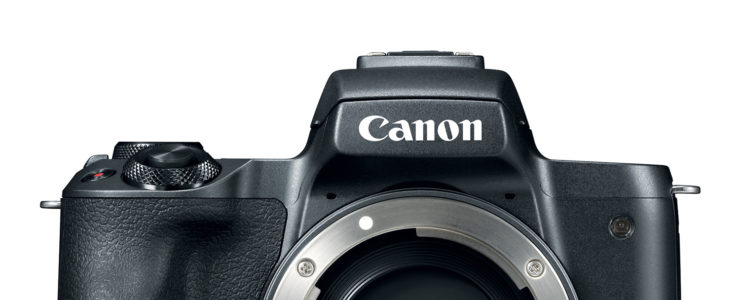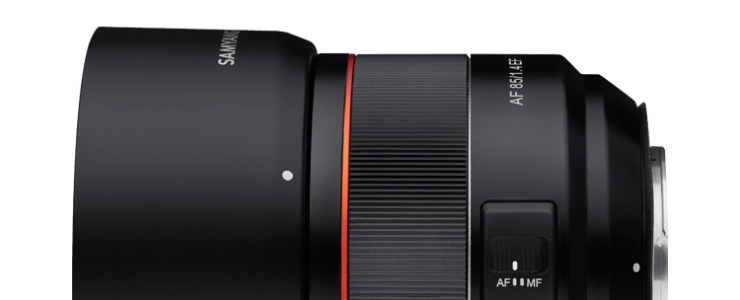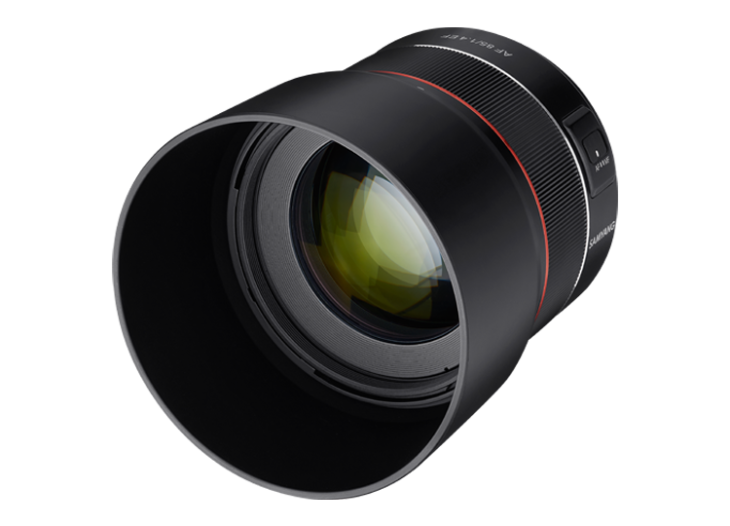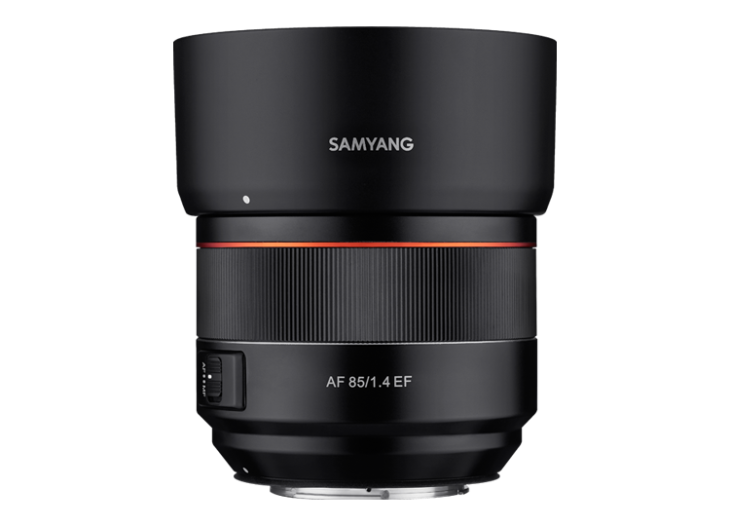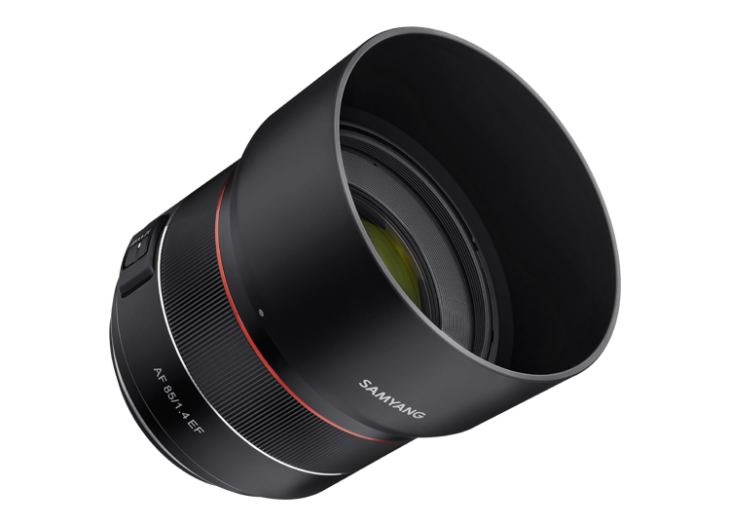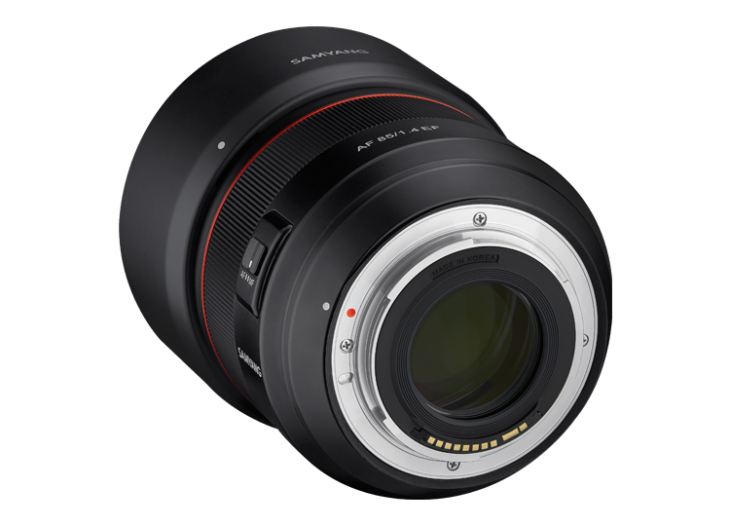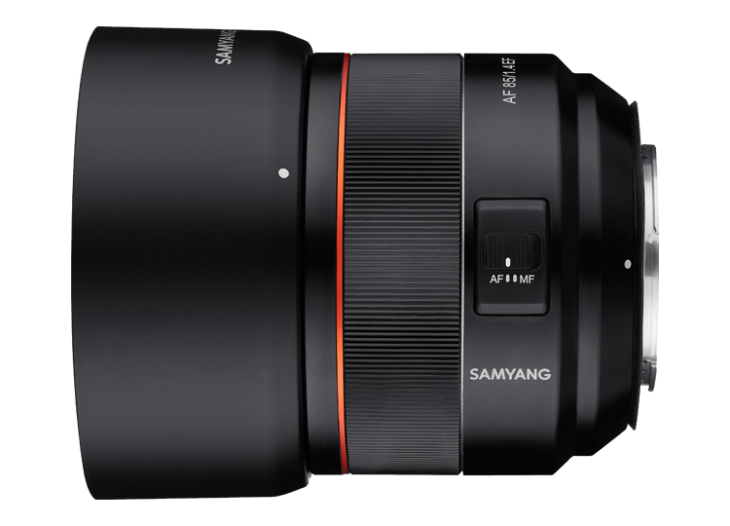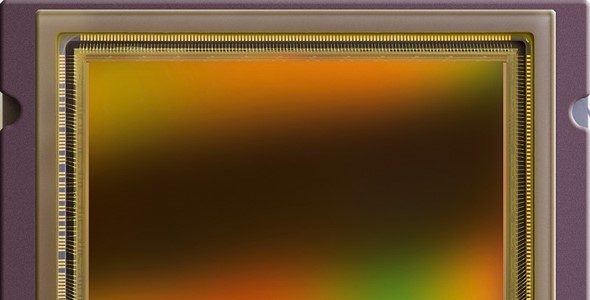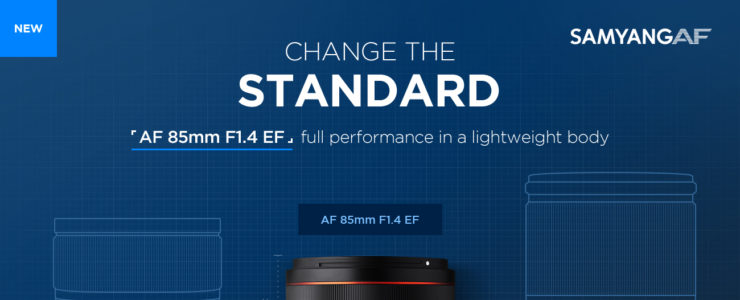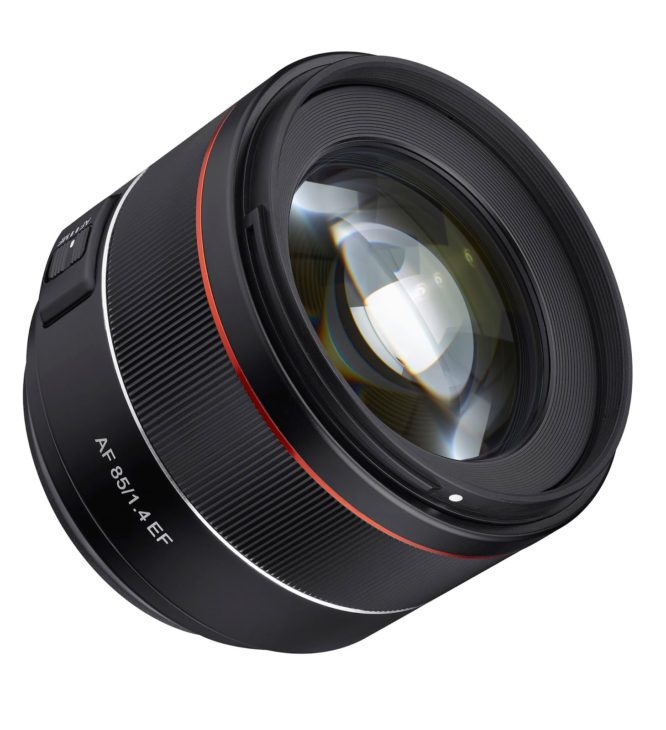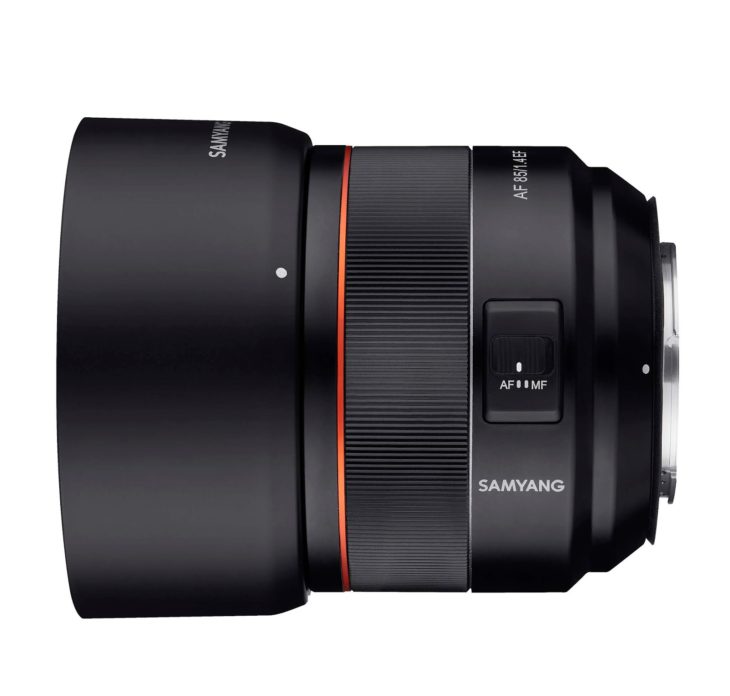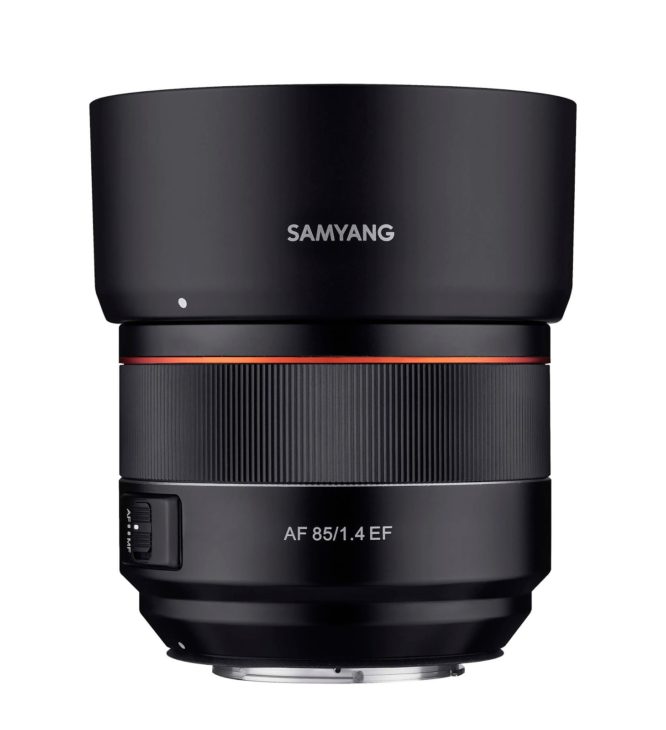Skylum releases Aurora HDR 2018 (ver. 1.2.0)
Skylum Software released the free Aurora HDR 2018 version 1.2.0 update. Among the many new features, this version focuses on a faster and more efficient workflow. See all new features and addition below.
- Current users of Aurora HDR can upgrade for $49 using coupon code WATCH at checkout (reg. $59)
- New users can get Aurora HDR 2018 1.2.0 for $89 using coupon code WATCH at checkout (reg. $99)
A collection of bonuses will also be included with every purchase (worth $128, see at bottom of post). Aurora HDR 2018 now supports the Loupedeck editing console.
This is new in Skylum Aurora HDR 2018 version 1.2.0:
-
Speed boost for editing and adjusting. We’ve dramatically increased performance across all areas of Aurora HDR 2018 1.2.0 on Windows and Mac.
-
Fast single-file opening. With an improved image processing engine, Aurora HDR is now much faster when opening single files.
-
Loupedeck integration (for Mac&Windows). Now, users can quickly process photos in Aurora HDR using physical dials, knobs, and keys.
-
Batch processing (for Windows). Aurora HDR 2018 1.2.0 will allow Windows users to edit a large number of photos simultaneously.
-
Better memory management. Aurora HDR 2018 1.2.0 is also optimized to make better use of memory, with more intelligent memory management and improved stability.
-
Windows version catches up to Mac version. Windows users will receive a flip/rotate tool, bringing Aurora HDR for Windows more in line with its macOS counterpart.
-
Aurora HDR now supports more cameras than before. The full list across both Windows and MacOS includes: Canon EOS 3000D / Rebel T100 / 4000D, FujiFilm X-H1, FujiFilm X-A20, FujiFilm X-A5, FujiFilm X-E3, Olympus E-PL9, Panasonic DC-GF10 / Panasonic DC-GF90, Panasonic DC-GX9 / DC-GX7MK3, Panasonic DC-TZ200 / DC-ZS200 / DC-TZ202 / DC-TZ220 / DC-ZS220 / DC-TX2, PhaseOne IQ3 100MP Trichromatic, Sony A7 III.
More after the break…


